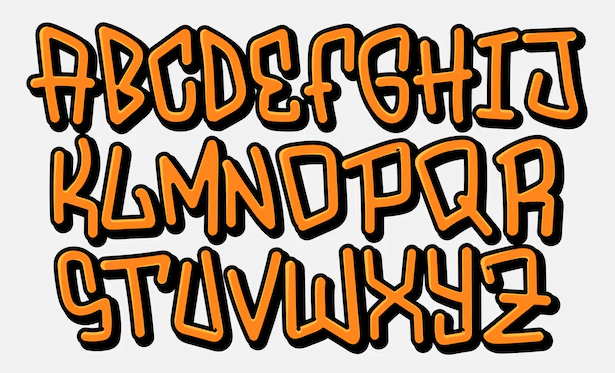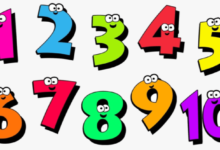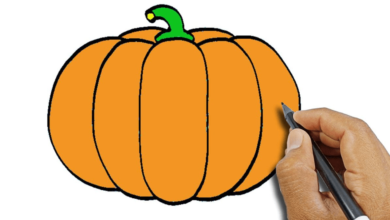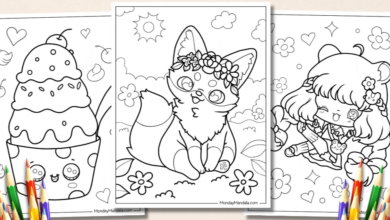Street Art:52iqerzlhiq= Graffiti Fonts

Street Art:52iqerzlhiq= Graffiti Fonts serves as a compelling lens through which to examine the intersection of art, culture, and social commentary within urban landscapes. These typographic forms, ranging from simplistic bubble letters to intricate wildstyle, not only reflect individual creativity but also embody the collective voice of communities. As we explore their historical significance and contemporary applications, one must consider the implications of such expressions on societal norms and artistic legitimacy. What role do these fonts play in shaping public perception, and how might they influence the future of urban artistry?
History of Graffiti Fonts
The history of graffiti fonts is deeply intertwined with the evolution of urban art and the socio-political narratives that shaped their emergence.
This visual language serves as a dynamic form of cultural expression, reflecting societal issues and personal identities.
As typography evolved within this street art context, it became a powerful medium for freedom, challenging conventional aesthetics and redefining urban spaces worldwide.
Popular Styles and Techniques
Numerous styles and techniques characterize the landscape of graffiti fonts, each contributing to the broader narrative of urban art.
Among these, distinctive lettering techniques and diverse font variations emerge, allowing artists to express individuality and challenge conformity.
Techniques such as bubble letters, wildstyle, and 3D effects not only enhance visual impact but also invite dialogue about identity, culture, and the very essence of freedom in expression.
Impact on Urban Culture
How does graffiti font influence the fabric of urban culture?
Graffiti fonts serve as vital instruments of cultural expression, reflecting community identity and fostering a sense of belonging. They challenge societal norms, inviting dialogue around freedom and creativity.
Read Also Pop Art:Aitfa_Gdg3q= Keith Haring Art
Graffiti Fonts in Design
Building on the importance of graffiti fonts as markers of cultural identity, their integration into design has emerged as a significant trend across various creative fields.
This fusion reflects contemporary typography trends, where digital applications harness the raw energy of street art. Designers leverage these fonts to evoke authenticity and rebellion, ultimately enriching visual narratives while appealing to audiences seeking freedom and self-expression.
Conclusion
In conclusion, Street Art:52iqerzlhiq= Graffiti Fonts epitomize the explosive intersection of art and social commentary, serving as a powerful testament to the resilience of urban culture. Their diverse styles and techniques not only challenge conventional design paradigms but also foster a sense of community and identity among marginalized voices. The pervasive influence of these vibrant typographic forms in contemporary design underscores their significance, transforming mere walls into canvases of revolution that resonate with the spirit of rebellion and authenticity.





